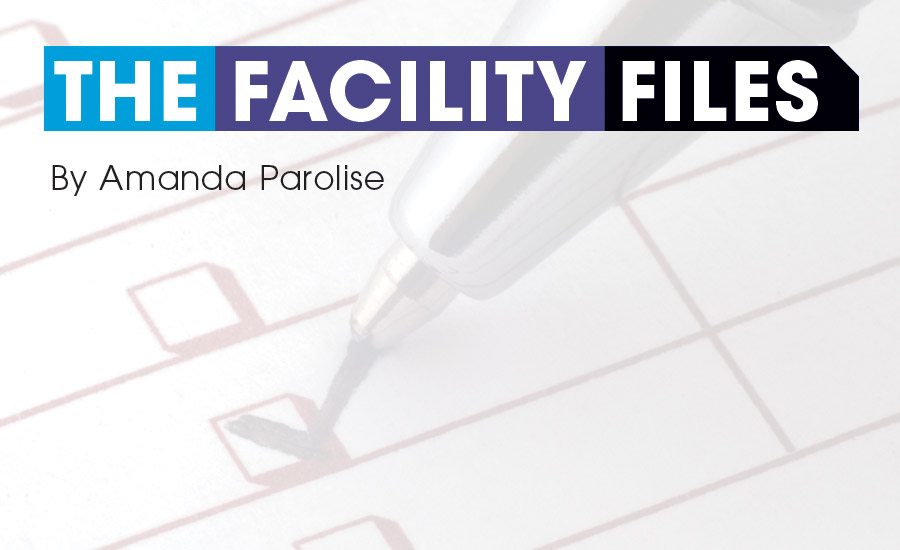This month’s Facility File will focus on the B2B April test for an HVAC application within a financial investment facility that is doubling its datacom room to accommodate a critical business environment. As a rule, owners and operators of large datacom spaces are very knowledgeable about the HVAC infrastructure that is required to assure the correct space environment. Still, it would be very beneficial for these individuals, along with the rest of the IPD (integrated project delivery) team, to read chapter 19 (Data Centers and Telecommunication Facilities) in the 2015 ASHRAE Handbook — HVAC Application to refresh their knowledge of ASHRAE’s guidelines when preparing to authorize the design of a datacom room CRAH (computer room air-handling) unit expansion. The owner’s facility management group should also read chapters 36 through 43 of the 2015 Handbook to assist in preparing the increased chilled water system demand of these CRAH unit operation and management design guidelines. This information combined with the owner’s own knowledge of operating this type of room will assist the IPD team in understanding intricacies of owning, operating, and managing this datacom expansion project. It is also recommended that the owner-design team read chapter 59 of the same ASHRAE Handbooktitled HVAC Security.
With all these design guidelines from ASHRAE, the IPD team — consisting of owner; building facility manager; owner representative/commissioning and air and water balancing consultant; HVAC consultant engineer; architect; electrical, plumbing, telecommunication, fire protection, and security subconsultants; general contractor; and HVAC, electrical, and telecommunication subcontractors — should meet with the owner’s O&M staff to discuss specific building standards that need to be applied to this project. For this project, the facility operation is an in-house staff and not an outsourced group, and they will want to assure there are adequate contract specification requirements included pertaining to O&M, training, PM work order system, and energy operating budget.
In the Phase 3 Concept Development of the IPD project, the building manager and his O&M staff will want to contribute information to the design team member’s writing of the contract specification and, more specifically, regarding the following activities:
service contracts, parts inventory, and as-built drawings requirements. Reviewing the design documents, this O&M staff will want to be assured that equipment serviceability is adequate and safe and is similar to the existing CRAH units within the existing datacom room.
For the April B2B, the project delivery method is integrated project delivery (IPD) working together with owner-designer-builder. This
project in design is based on a building program construction budget, so the general contractor and his in-house engineering and estimator (along with the prime subcontractors) will be involved in the design phase and be able to contribute to the contract documents. In the construction phase, the O&M staff will want to revisit the issues noted above during the design phase. Next comes the startup and commissioning phases. The O&M staff will want to be proactive in following along with the IPD team’s mechanical-electrical in-house coordinator and the subcontractor’s startup personnel, making sure to receive equipment training from the CRAH startup technician as well as system training using the O&M manuals and contract drawings (that will eventually become the as-built drawings).






